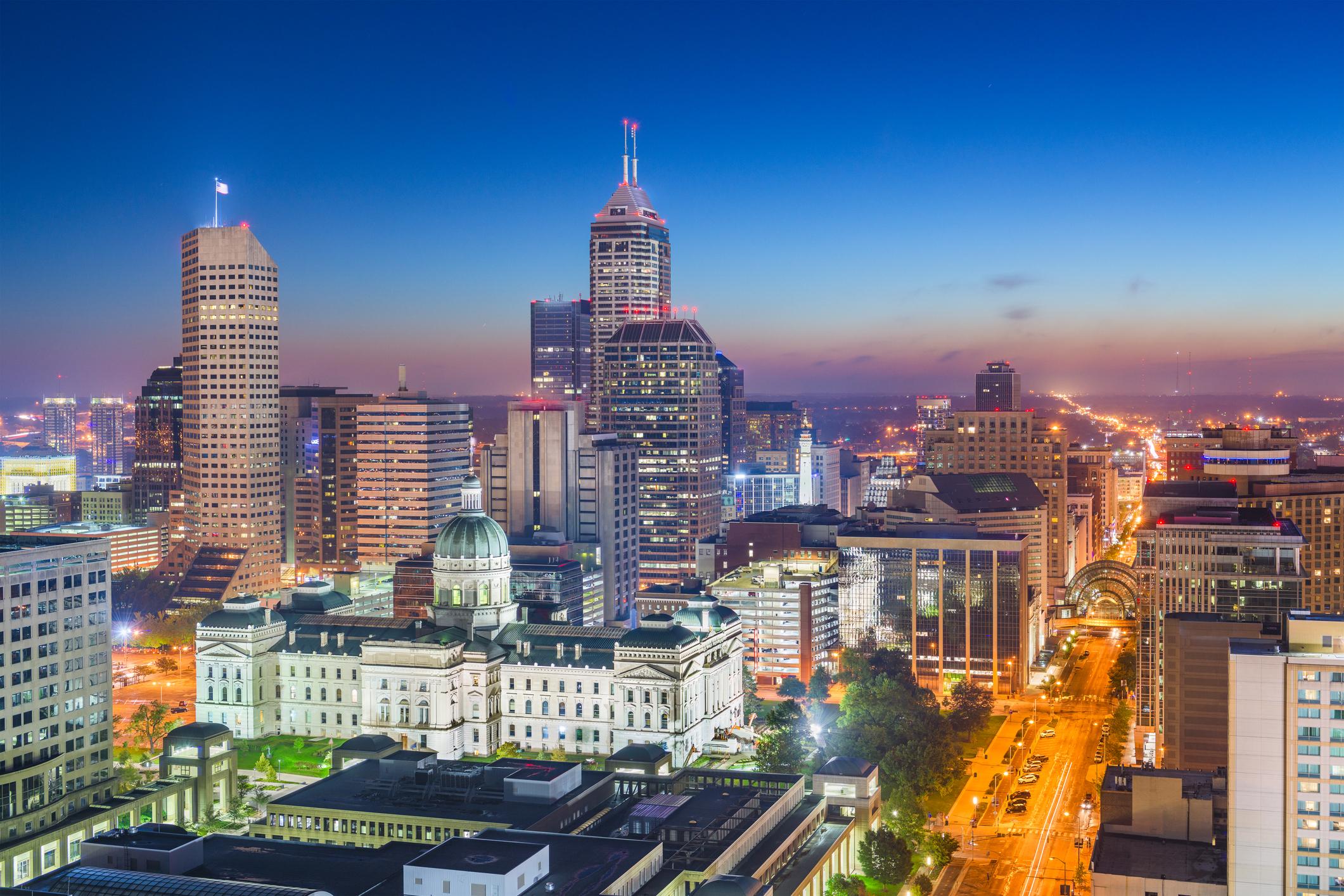Interview: Indianapolis Air Service Development Manager Maggie Bishop

How has business been at Indy since you hosted Routes Americas?
Things are really good at the moment. We have struggled like everyone else during the pandemic, but we decided that we’re not going to just sit around and wait for people to visit—we're going to be proactive and try to get some of these conferences to come to our city, some that we may not even ever have competed for before.
So Visit Indy spent $7 million on health safety upgrades and in 2021 we had 258 events and 1.1 million people coming to the events, which is the most in the United States. And because of that we had the top downtown occupancy in the United States. That’s not a record we’re used to holding and we beat some big cities, and we've seen that reflected in passenger demand.
Plus hosting Routes Americas 2020 has been really important to our air service strategy in a pandemic and almost post-pandemic world. Although the conference was just before the pandemic, it provided us with an invaluable opportunity to leave a great “last impression” of Indy before the world shut down.
Have you proactively communicated this demand with your airline partners?
Yes, and in fact sometimes they've even responded with one-off flights. When we just hosted the college football playoff championship, Delta added three flights to the market that we didn't have: services to Birmingham Alabama, Huntsville Alabama and Savannah, Georgia.
With airlines continuing to be more agile in network planning, is that a worry for this new traffic?
That’s a great opportunity for a market like Indianapolis which is very competitive and hosts events where we know we'll have the support of the airline. Because of our relationship we can say, "Hey, the NBA All Star game is happening in 2024, let's make sure that your flights align with the demand and even beyond that."
In 2021 we added two new airlines and 22 new flights, the bulk of them being leisure, so we want to continue to look for more leisure flights with that demand. But as business traffic comes back, it's really important to us to make sure that markets like San Francisco, San Diego, international markets into Canada and Europe, that we've got coverage and nonstop connectivity.
What are those key network targets?
Before the pandemic we had nonstop service on Delta to Paris, so we are hopeful that the recurring traffic that was generated through that flight will come back. And we know that most of the companies that generated that traffic will go back to traveling to Europe, so it's just a matter of when and at what capacity and who is willing to take on that risk in a post-pandemic world. Is it Delta again, or is it somebody else? We're willing to work with anybody that's willing to operate into a major business market.
Like any US market our top European market is London. Then it’s Frankfurt, Paris, Amsterdam—beautiful markets that you can get to the rest of the world via. We also know that a lot of people drive to Chicago to fly to European places. It's about 200 miles away, a three-hour drive, so about 30% of our traffic internationally drives up to Chicago. When we had service to Paris that transfer of people from the Indy Metro area into Chicago via car went down significantly, so I see this as an upside for an airline willing to take on a transatlantic route out of Indianapolis
What are the next goals for Indy?
In the short term it’s to make sure that all of these conferences and conventions that we now have relationships with that we didn't pre-pandemic are happy in Indy. From a general tourism standpoint let's watch what business traffic is going to do and be able to respond with west coast and international flights.
I think the sky's the limit for a place like Indianapolis. It's a competitive market with a very strong business economy. Plus, while we were still 16% down in December 2021 versus the same month of 2019, this past year was our biggest cargo year on record, so we can’t talk about the future of Indianapolis without talking about FedEx.
